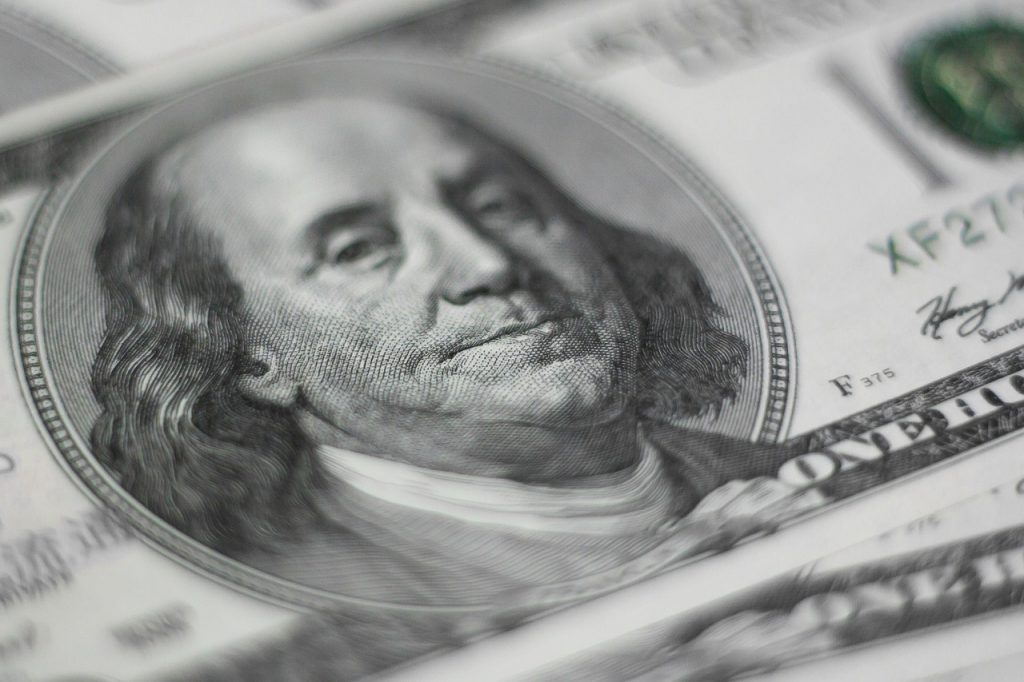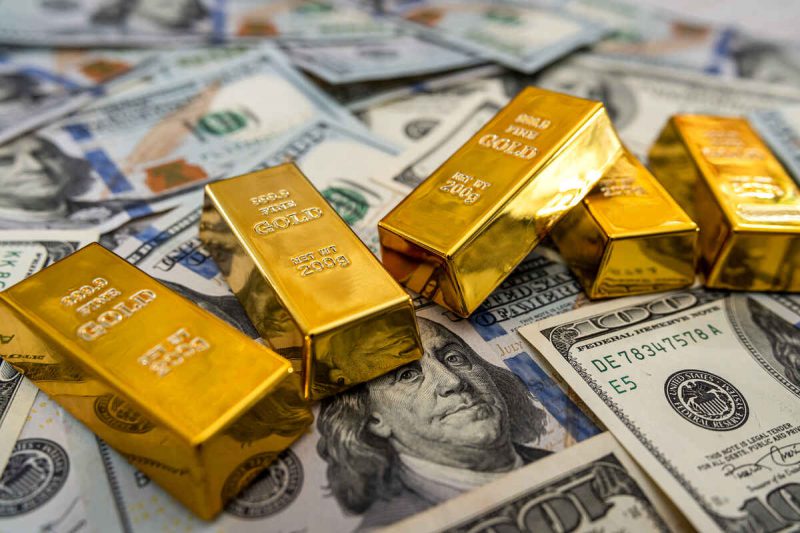The relationship between de-dollarization and gold price has become increasingly clear as nations worldwide reduce their reliance on the US dollar. At the time of writing, gold has reached unprecedented levels, and the effect of de-dollarization is visible across global markets. On September 23, 2025, gold hit an all-time high of $3,788.33 per ounce, driven largely by rapid de-dollarization efforts and BRICS countries’ de-dollarization strategies. Right now, central banks have accumulated 244 metric tons of gold in the first quarter of 2025 alone—well above the five-year quarterly average—while the dollar’s share of global reserves has been pushed below 47% and gold’s portion has climbed toward 20%.
Also Read: BRICS Dollar Devaluation Path Strengthens With New Payment Systems
The Effect of De-Dollarization, BRICS Role, and Gold Price ATH


BRICS Nations Drive Policy Shift Away From Dollar
BRICS countries have moved their de-dollarization process beyond discussion and into action. Russia and India now trade in rubles and rupees, while China and India conduct bilateral trade in the yuan and rupee. These nations are institutionalising systems such as BRICS Pay, a decentralised payment system created to circumvent Western-controlled systems like SWIFT.
The urge for financial autonomy and immunity from US sanctions has driven this move. Policy makers from emerging-market countries mentioned the 2022 expropriation of Russian currency reserves as evidence that dollar assets carry risks. Countries are now building Central Bank Digital Currencies that may integrate into new payment rails, and this is increasingly curbing the use of dollars in international trade.
The Strategic Plan 2026-30 of ASEAN clearly lays emphasis on the use of local-currency settlement in trade and cross-border investment. According to the bank of America analysts, this would reduce dollar invoicing within the bloc by 15% in five years. This de-dollarization at a rapid pace incorporates rising worries about the dollar stability, especially following the protectionist policies introduced by President Trump.
Central Banks and Institutional Demand Push Gold Higher
The effect of de-dollarization on gold markets has been substantial. According to the World Gold Council, official sector demand now accounts for almost one-quarter of total annual gold inflows—the highest share since the late 1960s. This buying has been geographically diverse, with emerging economies leading the charge as nations rebuild trust in tangible assets rather than currency-based reserves.
The gold price ATH of $3,788.33 was triggered when news broke that the People’s Bank of China intended to act as a custodian for foreign gold reserves. This move is similar to services already provided by the United States and the United Kingdom, and it could encourage other nations to store their gold in China, further accelerating BRICS countries’ de-dollarization efforts.
Retail Investors Join the Gold Accumulation
Gold ETFs have attracted about $30 billion in the first half of 2025—equivalent to roughly 322 accumulated tons. This represents the strongest start to a year for bullion funds since 2020, and it’s particularly striking after nearly $15 billion of net outflows were recorded in 2024. Retail demand for physical gold has also surged in India and China as households look for alternatives to dollar-based savings.
The Self-Reinforcing Dynamics of Reserve Diversification
The de-dollarization/gold price increase relationship is not merely an indicator of hedging against dollar weakening- it is more a complete re-evaluation of the concept of a secure reserve asset. The unwearying demand and a weaker Dollar Index have seen Gold beat the MSCI World Index and the Bloomberg Aggregate Bond Index in 2025. Reserve-currency hierarchies Academic literature on reserve-currency hierarchies suggests that, above some point, the perceived cost of holding dollars will become self-reinforcing through the process of diversification.
It starts to lose network benefits tied to anchored dollar primacy, which produces a feedback loop. As BRICS countries are creating alternative systems of payment and talks are ongoing on a common reference currency to international transactions, the linkage between de-dollarization and gold price should only continue to increase. Studies demonstrate that currency fluctuations are currently contributing approximately one-third of all portfolio variation to non-US investors with over 770-billion of unhedged dollar assets in European pensions alone.
Also Read: US Dollar’s Worst Year Since 2003: What Investors Need to Know
According to previous evidence, a 5-10 gold allocation may reduce both aggregate portfolio drawdowns in a market crisis and preserve, or even enhance, returns in other instances. At this point, the impact of de-dollarization is changing the way investors believe in building a portfolio and managing reserves.
The ATH in the price of gold could be only an overture to the process of multipolarization of the financial system, and the process of rapid de-dollarization is progressing, introducing permanent pressure on the need to find alternatives to assets of the dollar. Policy coordination, geopolitical tensions, and a new conceptualization of the meaning of money in an increasingly disintegrated world order have strengthened the de-dollarization and the relationship of gold prices.





